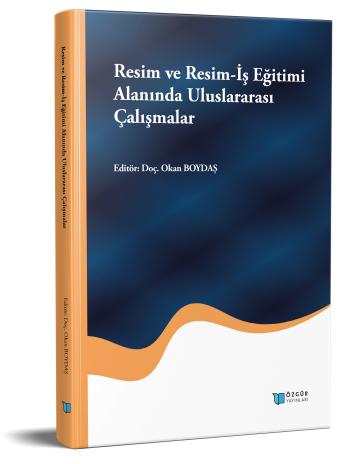
The Theme of Migration in Artistic Imagination from a Global Perspective
Chapter from the book:
Boydaş,
O.
(ed.)
2025.
International Studies in the Field of Painting and Art Education.
Synopsis
Today, migration is addressed as a multidimensional process shaped by social, political, economic, and cultural dynamics. Wars, famine, political oppression, and economic factors compel individuals to migrate voluntarily or involuntarily. Migration not only transforms demographic structures but also profoundly impacts identity, belonging, social integration, and cultural production. Particularly intensified by the Syrian civil war, recent mass migrations have generated both challenges and opportunities for host countries in terms of social cohesion, economic integration, and cultural interaction. Migration has become a source of trauma as well as multiculturalism and hybridity. In this context, contemporary art engages with migration not merely as an aesthetic expression but as a transformative practice that highlights social realities while addressing issues such as belonging, marginalization, identity loss, and cultural diversity. Artists, drawing from personal experiences and collective observations, represent the traumas and transformations caused by migration through diverse aesthetic forms, thereby contributing to collective memory. The role of migration in artistic practices redefines the relationship between art, the public sphere, and social reality, emphasizing art’s potential as a unifying and critical tool.

